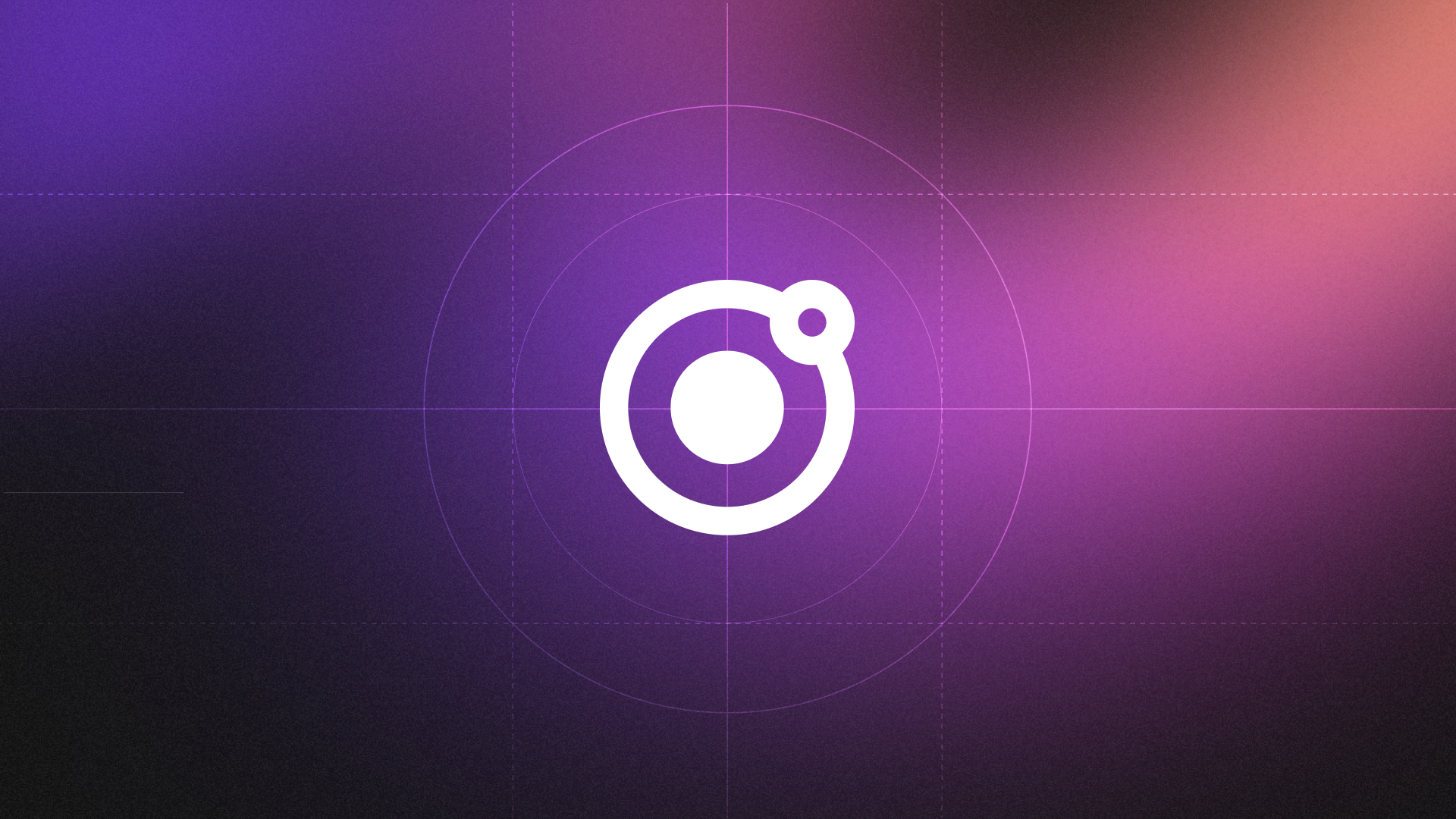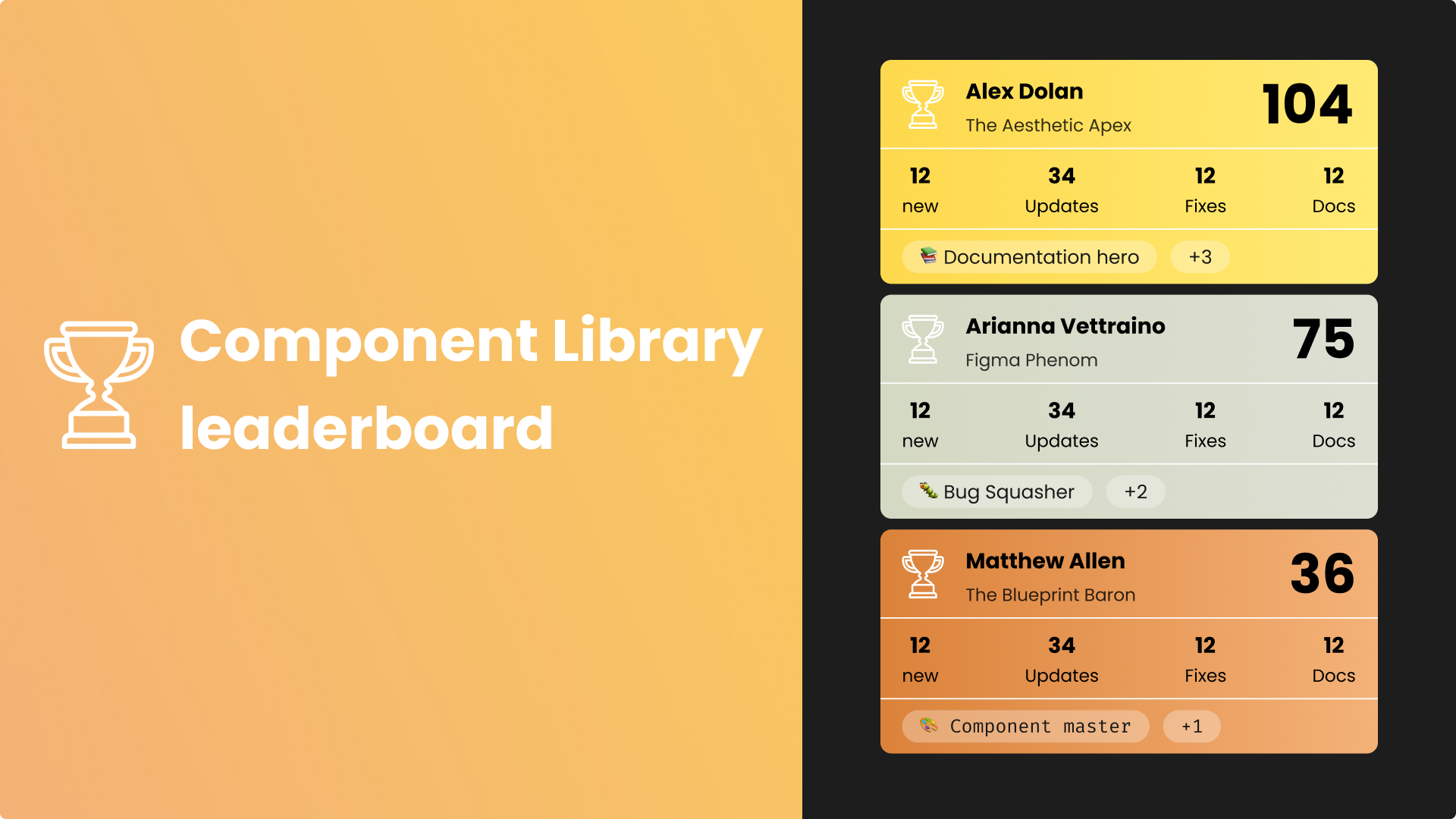In the pursuit of consistency, we’ve forgotten how to surprise.
Today’s web is a sea of sameness — perfectly aligned grids, standardized icons, and predictable interactions. Design systems promised order in chaos, and they delivered. But somewhere along the way, they also sanded off the edges that made websites feel distinct, expressive, and alive. Have we traded personality for polish? And in doing so, are we making the web... boring?
The Rise of the System
Design systems emerged as a necessary response to scale. As digital products grew more complex, and teams became increasingly distributed, it made sense to create shared libraries of components, styles, and rules. Google’s Material Design, IBM’s Carbon, Shopify’s Polaris — these systems offered guidelines that ensured consistency across platforms and teams.
They brought speed and predictability to product design. Designers no longer had to reinvent buttons or form inputs with every project. Developers could work faster. Accessibility could be baked in from the start. From a systems thinking perspective, it was a revolution.
But it came with a catch.
The Great Homogenization
Open ten modern SaaS websites side by side and blur the logos. Chances are, you’ll struggle to tell them apart. The same oversized headings. The same rounded CTAs. The same card-based layouts, icons, and motion patterns. Even microcopy has started to converge into a kind of beige, brand-safe voice.
Part of this stems from widely adopted design systems and frameworks. Teams reach for the same component libraries — Tailwind UI, Chakra, Material — and use them out of the box. Color palettes lean toward the accessible-but-bland. Interactions favor the safe and expected. It’s efficiency over expression, reuse over reinvention.
What was once a canvas has become a checklist.
What We’re Losing
When everything looks the same, nothing stands out. The web used to feel more alive — chaotic, sure, but full of experimentation. Sites like early Nike campaigns, Y2K microsites, or Brutalist blogs gave users something to remember. They were imperfect, but personal.
Today, even deeply creative industries — fashion, music, film — are settling for templated layouts that look like dashboards.
The loss isn’t just aesthetic. It’s emotional. Distinct design creates stronger memories. It signals care, intention, identity. When every interface is reduced to interchangeable parts, we strip away opportunities to tell stories, evoke feelings, or make a mark.
The System Isn’t the Villain — We Are
To be clear, design systems themselves aren’t inherently the problem. They’re tools. Frameworks. Guides. The problem arises when we stop thinking beyond them — when systems shift from being foundations to finish lines.
Most design systems have enough flexibility to allow for creative interpretation. But product pressures, tight deadlines, and risk-averse culture often push teams to "just ship it" using default styles. Over time, innovation is deferred. Experimentation becomes a liability.
We trade delight for deliverables.
Finding a Middle Ground
Not every product needs to be a visual playground. There’s value in clarity, accessibility, and speed. But we should never lose sight of why we design — to connect, communicate, and sometimes even surprise.
Here are a few ways teams can push back against the tide of sameness:
- Customize your system: Use a design system as a base, not a ceiling. Inject your brand’s personality through color, typography, motion, or tone.
- Design outside the system first: Start with sketches or moodboards that ignore component constraints. Explore big ideas, then adapt them within reason.
- Highlight moments that matter: Not everything needs to be unique, but key moments — onboarding, storytelling, navigation — are worth the extra effort.
- Celebrate creative subversion: Share and reward design work that bends the rules or extends the system in thoughtful ways.
The Web Deserves More
The web is the most dynamic, expressive, and widely used medium in human history. It shouldn’t feel like walking through a showroom of identical chairs.
As designers and developers, we have the tools to make it better. To bring back charm, weirdness, and authenticity. To use systems wisely — but not worship them blindly.
Because the best experiences are the ones that surprise us, move us, or make us pause. And those don’t come from a library. They come from us.




